-
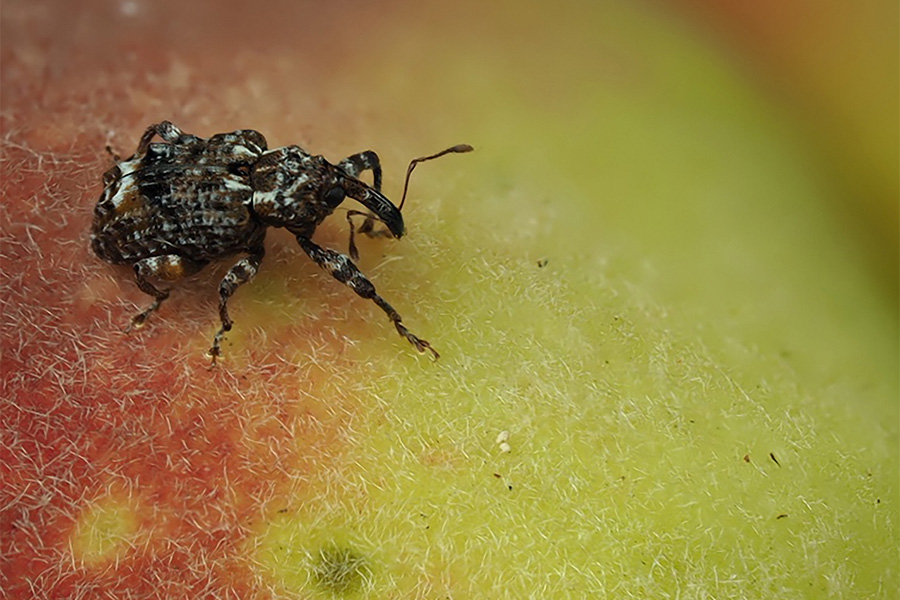 Plum curculio, Conotrachelus nenuphar (Herbst), is a key insect pest of peaches in the Southeast region of the United States. It is a snout beetle native to North America and is found east of the Rocky Mountains in the U.S. and Canada. Plum curculio drives the insect pest management program…
Plum curculio, Conotrachelus nenuphar (Herbst), is a key insect pest of peaches in the Southeast region of the United States. It is a snout beetle native to North America and is found east of the Rocky Mountains in the U.S. and Canada. Plum curculio drives the insect pest management program…|
-
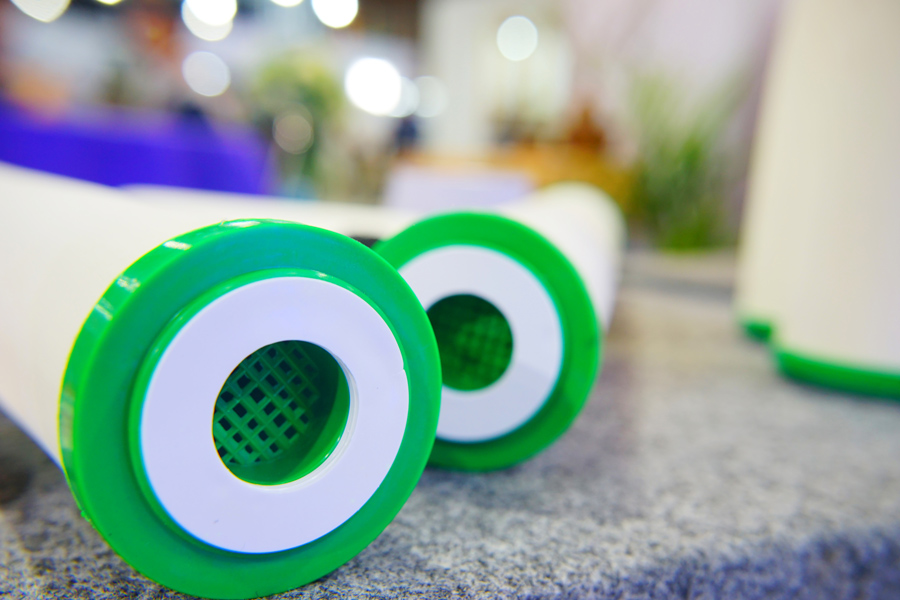 Activated carbon, also called activated charcoal, is usually produced from charcoal in granular or powdered form. It is a form of carbon that has been processed (activated) to make it highly porous, with a very large surface area available for physical adsorption or chemical reactions. Among others, water treatment is…
Activated carbon, also called activated charcoal, is usually produced from charcoal in granular or powdered form. It is a form of carbon that has been processed (activated) to make it highly porous, with a very large surface area available for physical adsorption or chemical reactions. Among others, water treatment is…|
-
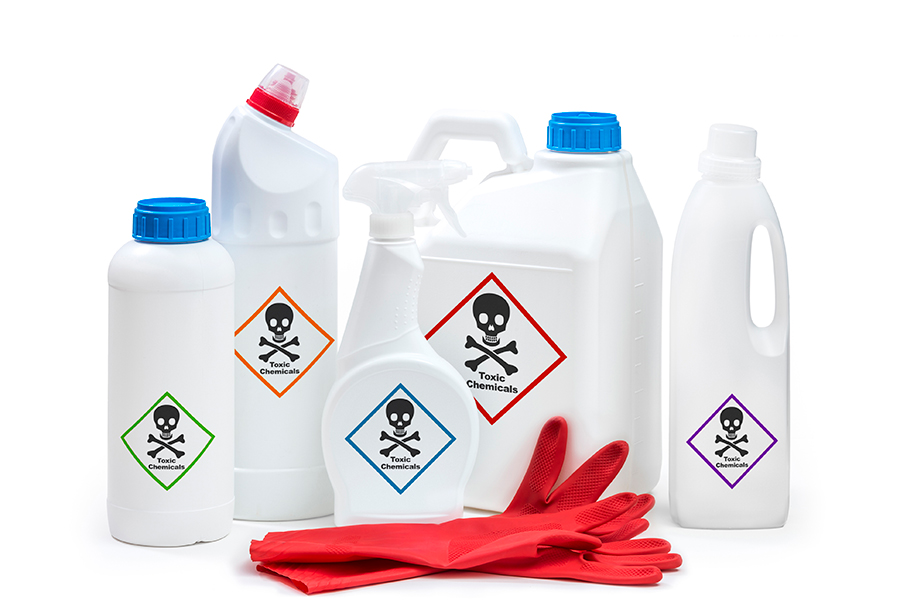 Accidental poisonings from medications and household products could happen to anyone. Poison look-alike products are potentially harmful substances that can easily be mistaken for safe ones, usually because they look the same or have very similar packaging. This publication provides information on what to look for and how to avoid…
Accidental poisonings from medications and household products could happen to anyone. Poison look-alike products are potentially harmful substances that can easily be mistaken for safe ones, usually because they look the same or have very similar packaging. This publication provides information on what to look for and how to avoid…|
-
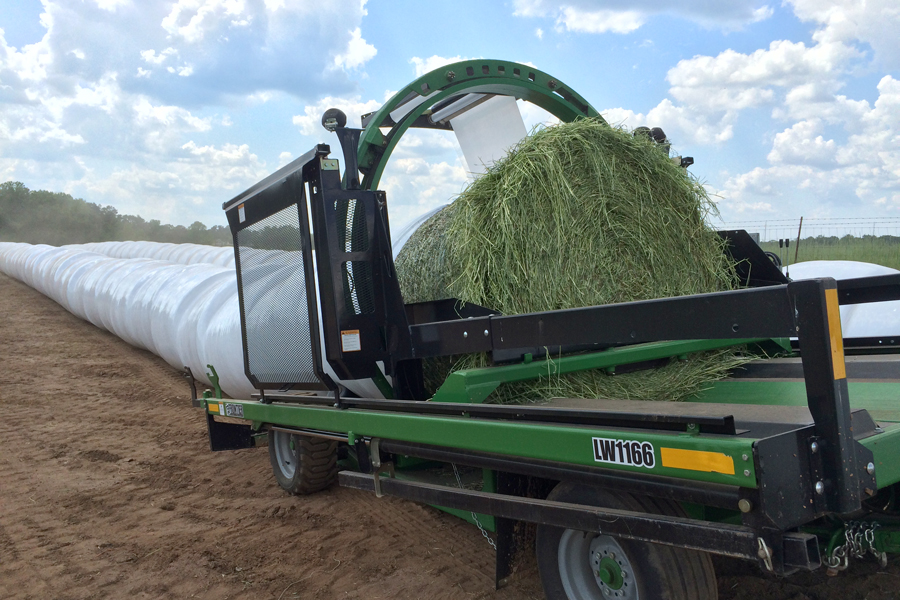
B 1532
Baleage Production and Use
Implementing a baleage system takes consideration and planning. Producers need to weigh the benefits, challenges, and costs to optimize their forage production and livestock feeding operations. Baleage does have additional costs associate with it—including a wrapper, plastic, and plastic disposal. It also takes different management strategies to store and feed…|
-
 To increase productivity, it’s important that growers select sweet corn cultivars adapted to particular growing conditions. The goal of this report is to provide growers, crop advisers, county educators, Extension agents, and specialists with a broad evaluation of different commercial sweet corn hybrids and their performance in different locations of…
To increase productivity, it’s important that growers select sweet corn cultivars adapted to particular growing conditions. The goal of this report is to provide growers, crop advisers, county educators, Extension agents, and specialists with a broad evaluation of different commercial sweet corn hybrids and their performance in different locations of…|
-
 2018 plant disease losses, including control costs, amounted to an estimated $844 million. The value of the crops used in this estimate was approximately $6,268 million, resulting in a 13.5% relative disease loss across all crops included in this summary. The estimated values for most crops used to compute these disease…
2018 plant disease losses, including control costs, amounted to an estimated $844 million. The value of the crops used in this estimate was approximately $6,268 million, resulting in a 13.5% relative disease loss across all crops included in this summary. The estimated values for most crops used to compute these disease…|
-
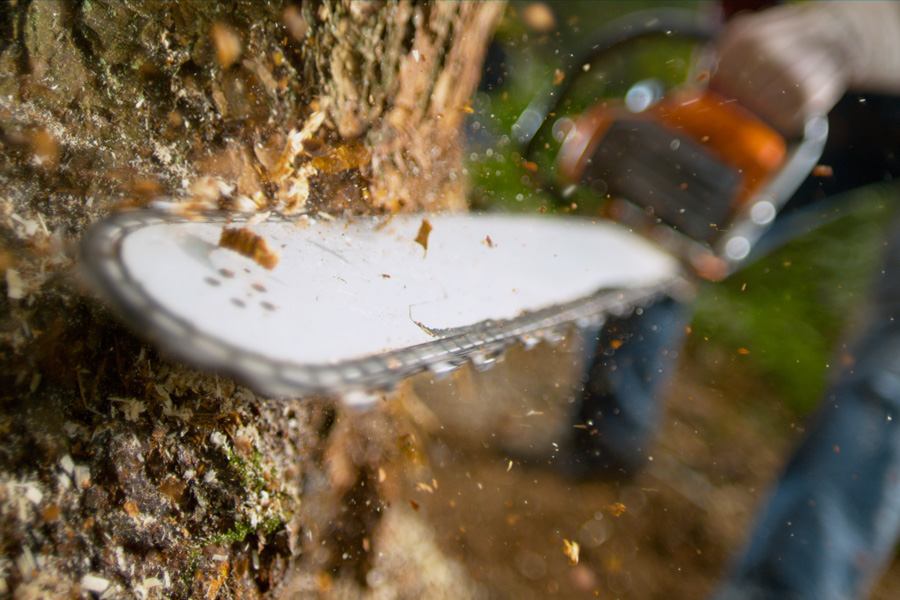 Use estos cinco pasos para el corte de un árbol de forma segura de principio a fin. Este plan funciona para arboristas profesionales y los que no lo son. Cortar árboles con una motosierra es peligroso. La combinación de herramientas eléctricas y la caída de madera crea peligros. La aplicación…
Use estos cinco pasos para el corte de un árbol de forma segura de principio a fin. Este plan funciona para arboristas profesionales y los que no lo son. Cortar árboles con una motosierra es peligroso. La combinación de herramientas eléctricas y la caída de madera crea peligros. La aplicación…|
-

This report provides research and extension results for trials conducted by the University of Georgia Vegetable Team and its collaborators in 2020. Contributing authors include county and regional faculty as well as specialists from UGA’s horticulture, plant pathology, crop and soil sciences, and entomology departments.
|